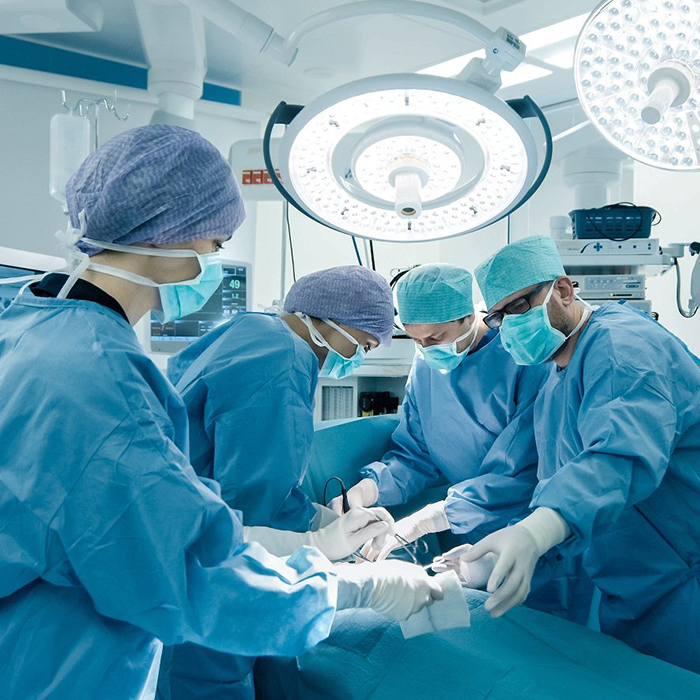
Surgical Oncology
Surgical oncology is a medical specialty that uses surgery to treat cancer. Its primary goal is to locate and remove harmful tumours in your body. Surgical oncologists can also tell you if you have cancer and if it has spread to other parts of your body.
Surgical Oncologists?
Surgical Oncologists are doctors who specialise in cancer research, prevention, and treatment. They work with your primary care doctor to create a treatment plan for you. Surgical oncologists treat your cancer with surgery.. Their primary responsibility is to remove tumours and nearby tissue that contains cancer cells. They also perform biopsies, which determine whether or not you have cancer and what type it is.
When Is Surgical Oncologist Necessary?
Surgical oncologist can help people in the early stages of cancer or when the disease has not progressed. Some common reasons for requiring this type of treatment include to avoid cancer :
If you are at high risk of developing the disease in a specific area of your body, a surgical oncologist can perform a procedure to prevent it. They remove precancerous or cancerous tissue from the affected area. For example, some women with a strong family history of breast or ovarian cancer, as well as mutations in genes linked to the disease, may work with a surgical oncologist to have their breasts removed before cancer develops.
What Cancers Are Treated by Surgical Oncologists?
Although surgery is not appropriate for all cancers, it is an effective treatment option for many. If you have cancer cells in your: Your doctor may recommend surgical oncology.
Breast
Esophagus
Head & Neck
Thyroid
Skin
Lung
Gallbladder
Kidney
Liver
Pancreas
Spine
Uterus
Bones
Colon
What is the objective of surgical oncology?
A person with cancer or suspected of having cancer may require surgery for a variety of reasons. Surgical oncology can be used to treat the following conditions:
Cancer must be identified (diagnostic surgery or biopsy)
Surgically remove a tumour or a portion of a cancer (curative or debulking surgery)
Determine the location of the cancer, whether it has spread, and whether it is interfering with the functions of other organs (staging surgery)
Get rid of any cancerous tissue in your body (preventive surgery)
Other types of treatment, such as the installation of an infusion port, are encouraged (supportive surgery)
Restore the appearance or function of the body (reconstructive surgery)
Alleviate side effects (palliative surgery)
How is cancer surgery carried out?
Cancer surgery is classified into two types: open surgery and minimally invasive surgery.
In open surgery, the surgical oncologist will make a large incision, usually to remove all or part of a tumour as well as some healthy tissue around it (margins).
Minimally invasive surgical procedures may include:
Laparoscopy: A surgical oncologist will make a few small incisions and insert a laparoscope—a thin tube with a tiny camera attached to it—into one of them to capture an interior image, while surgical tools are inserted into the other incisions to excise malignancies and surrounding tissue.
To remove a tumour, the surgeon will use a narrow beam of high-intensity light.
The surgeon will use liquid nitrogen to freeze and kill cancer cells during cryosurgery.
Robotic surgery is comparable to laparoscopic surgery. However, instead of manipulating surgical tools by hand, the surgeon operates the robotic tools via a computer console.